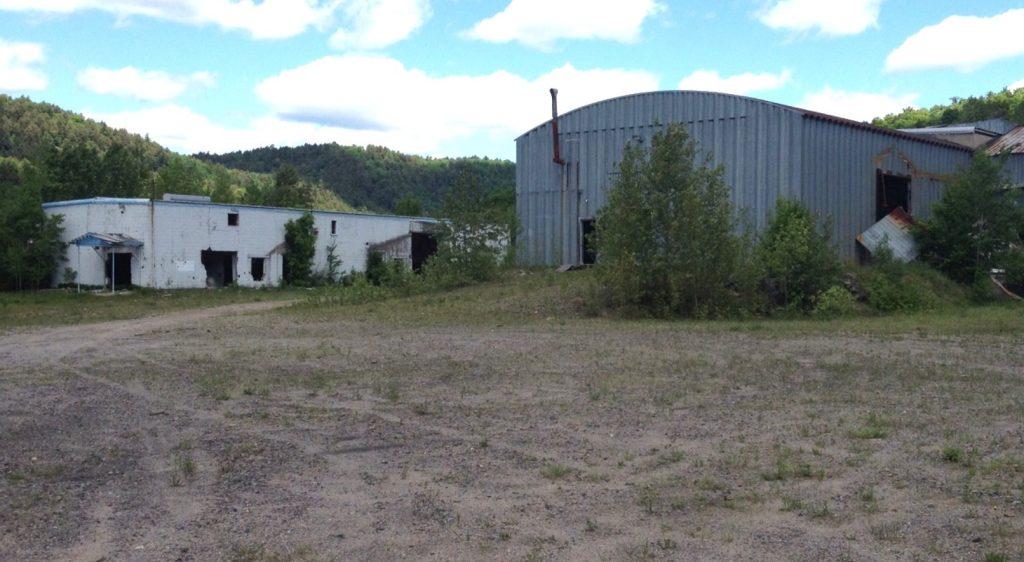Canada Carbon drills 5% Cg over 33.35 metres at Asbury, Quebec

Canada Carbon Inc. [CCB-TSXV; U7N1-FSE] received all of its assay results from the December 2022 drilling and Trenching program completed on the eastern part of its 100%-owned Asbury property, located in Notre-Dame-du-Laus, Quebec. Drilling and trenching were conducted from November 21 to November 30, 2022.
Drilling Highlights: Results for two drill holes testing the conductor to the south show consistency with historic drilling and highlight the possible northeast extension of the graphite mineralization reported in showing MC8805 (8.14% Cg (graphitic carbon) over 18.9 metres).
DDH 22-AS-10 returned 5.00% Cg over 33.5 metres, including 13.86% Cg over 5.05 metres; 2.73% Cg over 18.2 metres, including 9.53% Cg over 1.35 metres.
DDH 22-AS-07 returned 2.21% Cg over 58.85 metres, including 9.21% Cg over 7.25 mietres. These intercepts confirm that graphite mineralization can explain the VTEM conductor previously identified by Focus Graphite (Dube, 2013). Both holes intercepts confirm the presence of a mineralized graphite body and the probable northeastward extension of the MC8805.
Highlights of trenching and channel sampling show mineralization as coarse flake graphite hosted in marbles, skarns and paragneiss, which is consistent with actual and historic drilling observations and descriptions.
CS-AS22-01 returned 1.01% Cg over 10.0 metres, including 1.99% Cg over 3.0 metres. CS-AS22-02 returned 0.67% Cg over 13.5 metres. CS-AS22-05a returned 4.24% Cg over 6.5 metres, including 9.15% Cg over 1.5 metres.
All trenches intercepted graphite mineralization
The planned objective of the survey was to test the northeastern part of a regional trend. The trend is composed of multiple conductors and VTEM anomalies, that connect the Asbury historical mine to the recently worked area. According to Dube (2013), this trend extends more than 4km from the Asbury deposit to the northeast. Historical mining operations at the Asbury (Graphex) Mine extracted 875,000 tonnes of graphite at a 6% Cg cut-off grade (Charbonneau 2012).
The 2022 program consisted of 6 diamond drillholes “DDH” (previously reported) totaling 830 metres, and 6 trenches which returned over 60.5 metres of channel samples. The drill program aimed to test some targeted VTEM anomalies and conductors at depth.
The company’s next steps will be to send additional samples from unassayed sections, to potentially increase the length of the intersects and to prepare the next drilling phases. The company is also planning to further test the area with ground geophysics, between the mine and the recently drilled area, where numerous conductors remain untested. This geophysical survey is aimed to better define the conductors where high-grade mineralization might be located.
Eventually, the company expects to be able to demonstrate that the whole 4km conductor trend is graphitic in nature, and then start a resource estimate on the discovered mineralization.
Initial interpretation of the results indicates significant graphitic mineralization, which in turn explains the conductor anomalies. The company is still reviewing results at this time and will publish a future news release upon the completion of its review when upcoming exploration plans are completed. 538 metres of cores were analyzed out of a total of 830 metres.
Some drilling sections have not been yet assayed and additional sections will be assayed to better define the mineralized horizons. Ground geophysics is also planned between the mine and the recently drilled area, to better define the conductors where high-grade mineralization might be located. Finally, a second phase of drilling will be aimed at supporting a resource estimate for the Asbury property.
Ellerton Castor, CEO, said: “This first drill program on this section of the Asbury deposit allowed us to better define graphite mineralization responsible for the conductor anomalies that are located across the Asbury Property. We still have multiple conductors to inspect that reach from the historical Asbury mine, which produced very high quality graphite, up to the northeast corner of the property, which represent a distance of approximately 4.5km. All the evidence to date suggests that graphitic mineralization will explain the anomalies between the northeast corner of the property and the Asbury historical mine site. We are truly excited about the tremendous possibilities suggested by this Phase 1 trenching and drilling program at Asbury and will expedite completion of a resource statement.”
